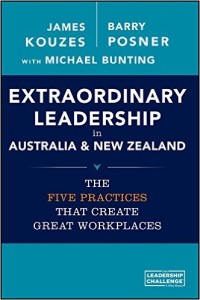Building an Enterprise Data Management Strategy
24 Jan
 The “IT Transformation” of an organisation from its legacy environment to the next generation of technology is one of the most complex and expensive changes an organisation can undergo.
The “IT Transformation” of an organisation from its legacy environment to the next generation of technology is one of the most complex and expensive changes an organisation can undergo.
- How to improve and optimise business processes
- How to manage information across the enterprise
- How to safely migrate from the legacy to the contemporary environment
- How to deliver on a transition strategy that provides incremental functionality while mitigating risk and staying within budget
- How to define an improvement strategy for your people, processes, and organisation as well as the technology
Of all these factors, how information is managed is often the biggest limiter to success.
In the 21st century, Flexibility in Accessing and Using Information will be King. To solve the Transformation Challenge use a “Balanced View” Model of the Enterprise.
Taking an Information Development approach means that we re-balance the work we do to focus on information as much as we focus on function, processes and infrastructure.
In organisations undergoing significant technology change, the problem isn’t whether the new applications can provide the required functionality, its often the data.
Data Quality is and has been a primary problem in project failures – and the issue isn’t going away.
Business Blueprint, Technology Blueprint, and Roadmap are crucial phases in a successful IT transformation. The Strategic Vision Leads to Continuous Implementation.
The MIKE2.0 Methodology (MIKE stands for Method for an Integrated Knowledge Environment): An Open Source Methodology for Information Development designed by BearingPoint, Inc.


